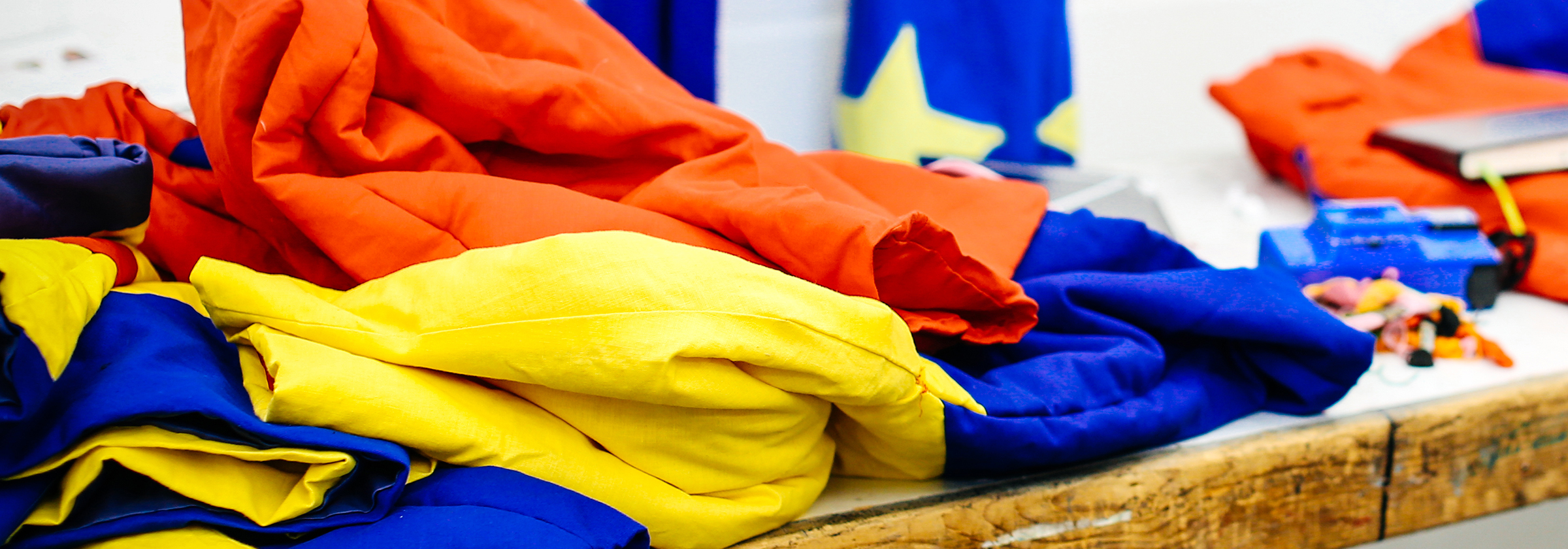Students studying Executive MBA (Fashion) were joined by a panel of fashion industry professionals, observers and advisors last night to discuss the challenges and opportunities of Brexit for the industry, and how to move forward when Article 50 is triggered.

The panel was:
- Ahlya Fateh – Managing Director of Amanda Wakeley
- Chris Giles – Economics Editor at the Financial Times
- Hakan Henningson – Senior Manager Customs and International Trade at BDO
- Adam Mansell – Chief Executive Officer of the UK Fashion & Textile Association (UKFT)
- Thomas Pollitt – Associate, Corporate Education at Eversheds
- Michael Tomczak – Founder, The Trend Factory Ltd
The group began with trying to define a ‘hard’ and ‘soft’ Brexit might look like, including considering the import and export duty on clothing. Where will our Brexit fall on this spectrum; hard, soft, or in the middle?
Imports and exports were at the forefront of discussions. Thomas brought up the important question of trade deals, saying this is not covered in Article 50 so there might not be a policy in place by the time the UK exits the EU. If we use World Trade Organisation rules as a fall-back policy, this means a 12% tariff on clothing imports, a frightening thought for retailers in the UK.
The outlook for trade deals was not optimistic. Chris said, “Article 50 wasn’t written to give the leaving country a good time,” but the group were frustrated by continued uncertainty. Adam told us that the UKFT and British Fashion Council surveyed the companies they worked with and created a list of practical questions for the government. Watch this space for the answers!

Questions from the audience
The overall feeling was that it would be impossible for high street retailers not to pass on cost increases to the consumer, and that the low price retailers would be most affected by this. This gave the group cause to consider; would it be so bad for we as a fast-fashion society to re-learn the price-value relationship? Michael closed the talk by saying, ‘I would love people to know the difference between a knitted and a woven fabric, a print or a jacquard.’
Ahlya provided the viewpoint of British brands, with a pragmatic approach; ‘We will continue to make the best of the conditions that we work in. The weakness of the pound means an increase in sales to tourists at the moment. We are still growing.’
Rather than a time for wait and see, now is the time for fashion firms in the UK to take the decisions that will allow them to discover and realise the potential upsides of the vote.
- Join the debate at #EMBAfashion
- Find out more about Executive MBA (Fashion)
- Read our Brexit coverage at #LCFLovesEU

